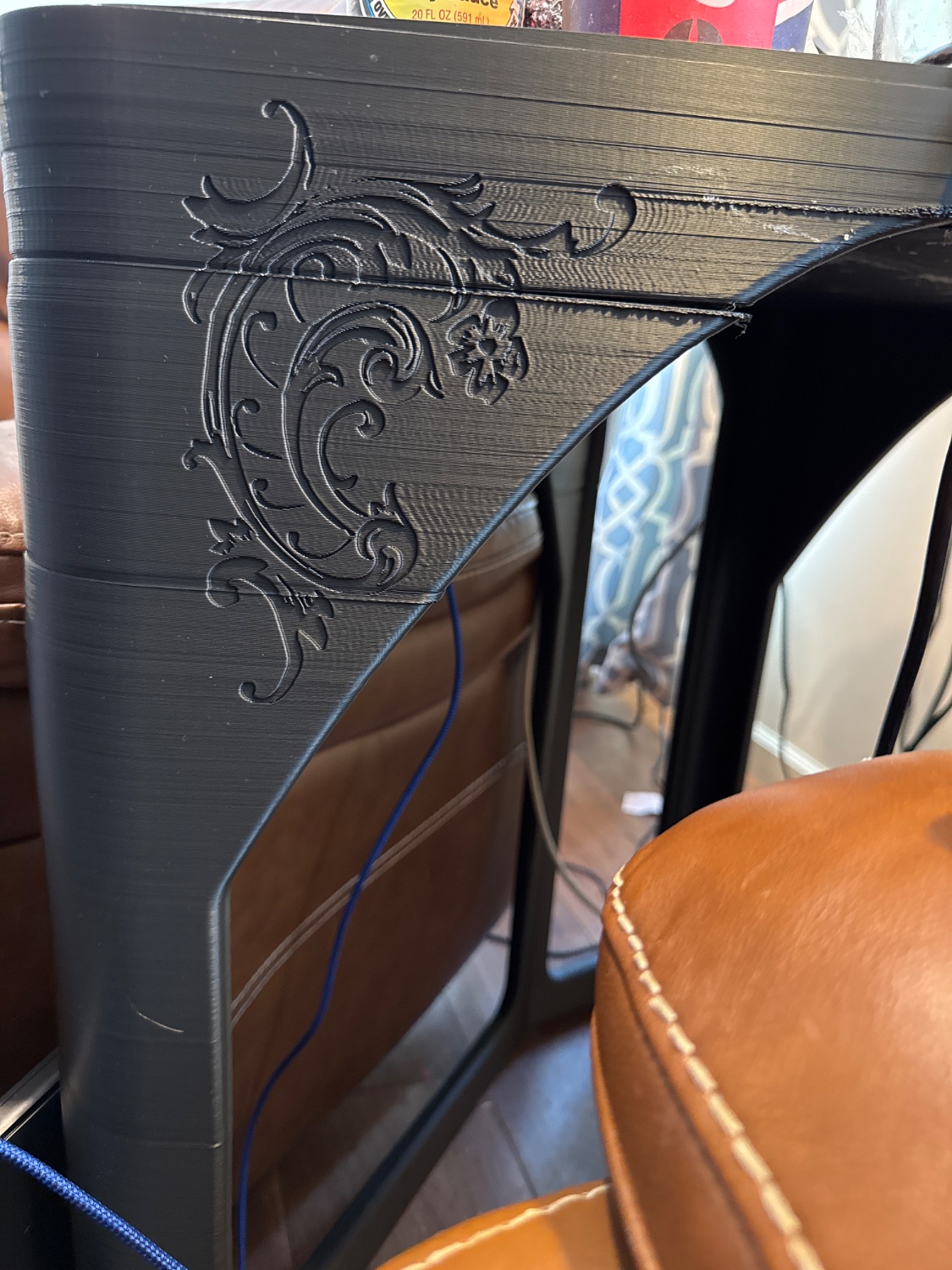I have an giga and it’s a bit finicky, I am hoping to troubleshoot. A Bambu it is not. I am a bit disappointed, because for bigger prints the printer is much less reliable so far than hoped. I had desired to be doing much more furniture design prototyping and projects than troubleshooting.
My primary issues are bed adhesion (even after good bed leveling), and layer adhesion. The first, leads to a quick failed print and sometimes a more catastrophic clog of the nozzle. The second, yields a bad quality print that has warping.
Right now I can sort of print PLA with a lot of brims (no brims, no joy) but my desired state is to print PETG, but the issues are proving too severe to get any success there.
I’ve done temperature towers, and am running hotter with a 0.6mm nozzle. I have textured pei print beds.
Anyone have any suggestions?
